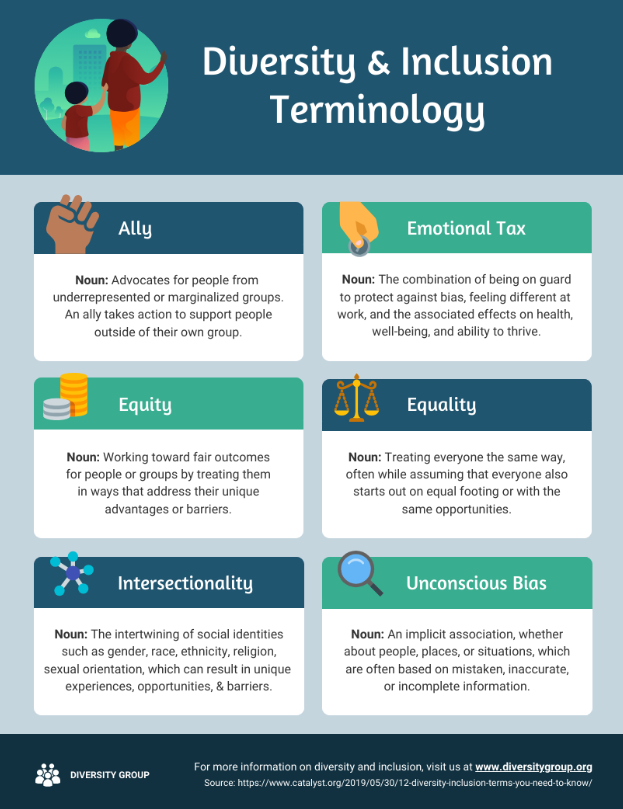CORRECTION
Nuclear generation has been an important part of the Canadian energy mix for decades. Notably, Canada is one of the few countries to possess domestic nuclear technology. With the recent news that Ontario Power Generation will begin construction on the first Small Modular Reactor (SMR) of its kind in the G7 (Group of Seven), let’s look back at how Canada’s nuclear energy sector has evolved, and where it is headed next.
From postwar beginnings to reactors in the 1960s
Following the Second World War, Canada, like many other countries, sought peaceful ways to make use of nascent nuclear technology. Notably, when the Zero Energy Experimental Pile reactor came online in Chalk River, Ontario, in 1945, it was the first time a controlled nuclear chain reaction had occurred outside the United States. Two years later, the National Research Experimental (NRX) reactor, another research reactor, began operation. Also located in Chalk River, the NRX reactor was used for nuclear physics research and it tested different nuclear fuels and materials.
Canada leveraged its wartime research and development experience to develop its own nuclear technology, the Canadian deuterium uranium (CANDU) reactor. CANDU technology is fuelled by unenriched uranium, which is mined in Saskatchewan. The first reactor to generate electricity in Canada was a CANDU prototype at the Nuclear Power Demonstration site in Rolphton, Ontario. This site operated from 1962 to 1987 and was a critical training environment for the workers who would eventually run Canada’s future nuclear stations. In 1968, the Douglas Point nuclear generating station in Kincardine, Ontario, began operation as Canada’s first commercial-scale CANDU reactor.

Description - Infographic 1
The Darlington project is expected to be Canada’s first functional SMR and is projected to be completed and connected to the grid by the end of 2030. SMRs have also been proposed for use in Canada’s Far North to provide both industrial and domestic electricity, as generation there is currently primarily fossil fuel-based. Recent developments in both SMR and conventional nuclear reactors have the potential to help Canada consolidate its energy grid and transition to non-emitting energy sources.
This is a description
Sustainable Development Goals
On January 1 2016, the world officially began implementation of the 2030 Agenda for Sustainable Development—the United Nations' transformative plan of action that addresses urgent global challenges over the next 15 years. The plan is based on 17 specific sustainable development goals.
Testing an example of how Statistics Canada supports the reporting on the Global Goals for Sustainable Development. It will be used in helping to measure the following goals:
📲 Looking for more? Staying informed has never been easier!
Follow the “Energy” subject in the StatsCAN app to receive personalized updates and stay connected with the most recent articles, reports and analyses.
Contact information
This is a test for RT 3.18 in ALPHA
Note to readers
In recent years, increasing demand for electricity and advancements in SMRs have brought nuclear electricity back into focus. As they are smaller than conventional nuclear reactors, SMRs can be shipped to their final site, opening nuclear electricity to a wider array of locations and applications. There are now many new nuclear projects in various stages of development in Canada.
